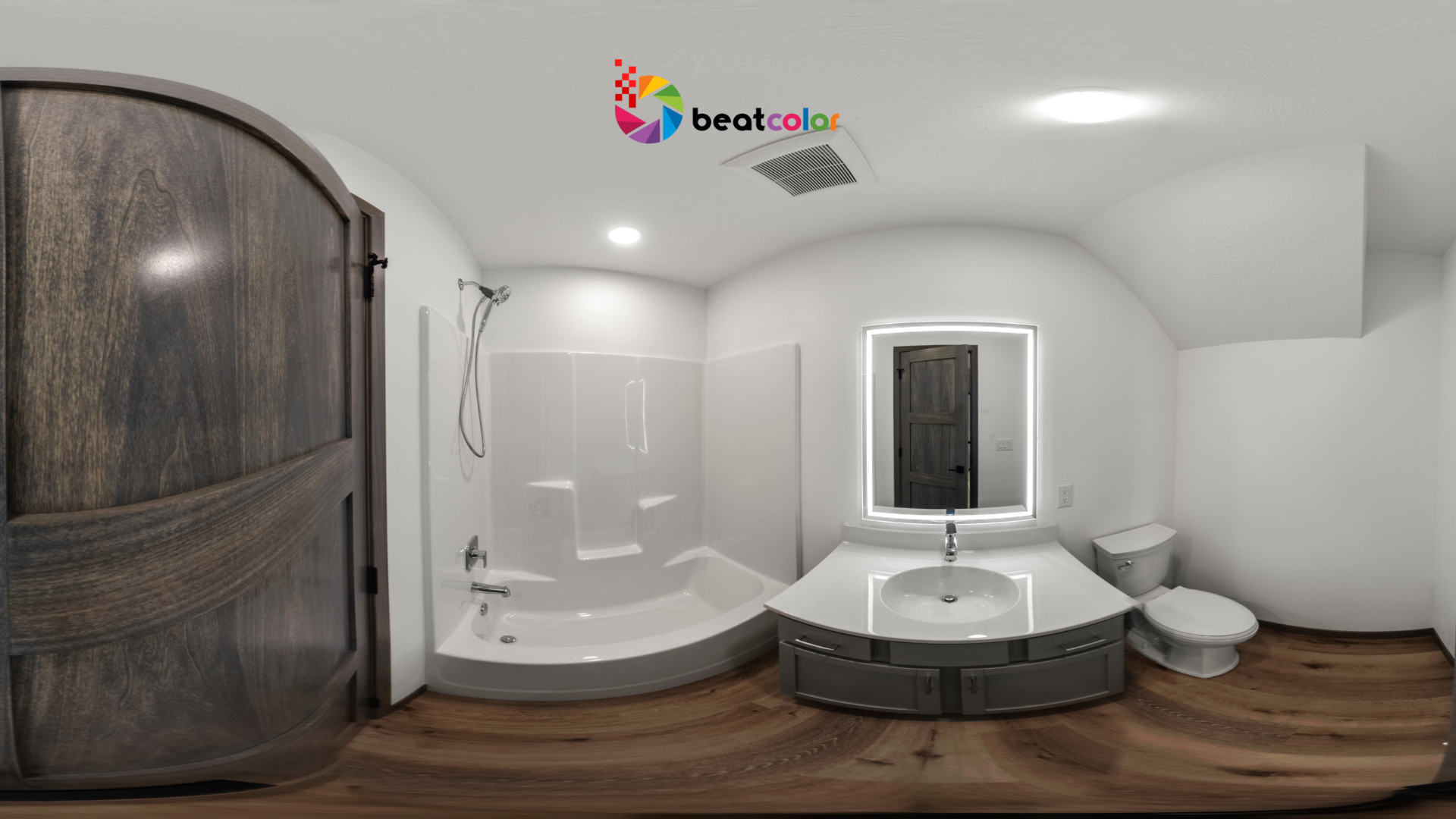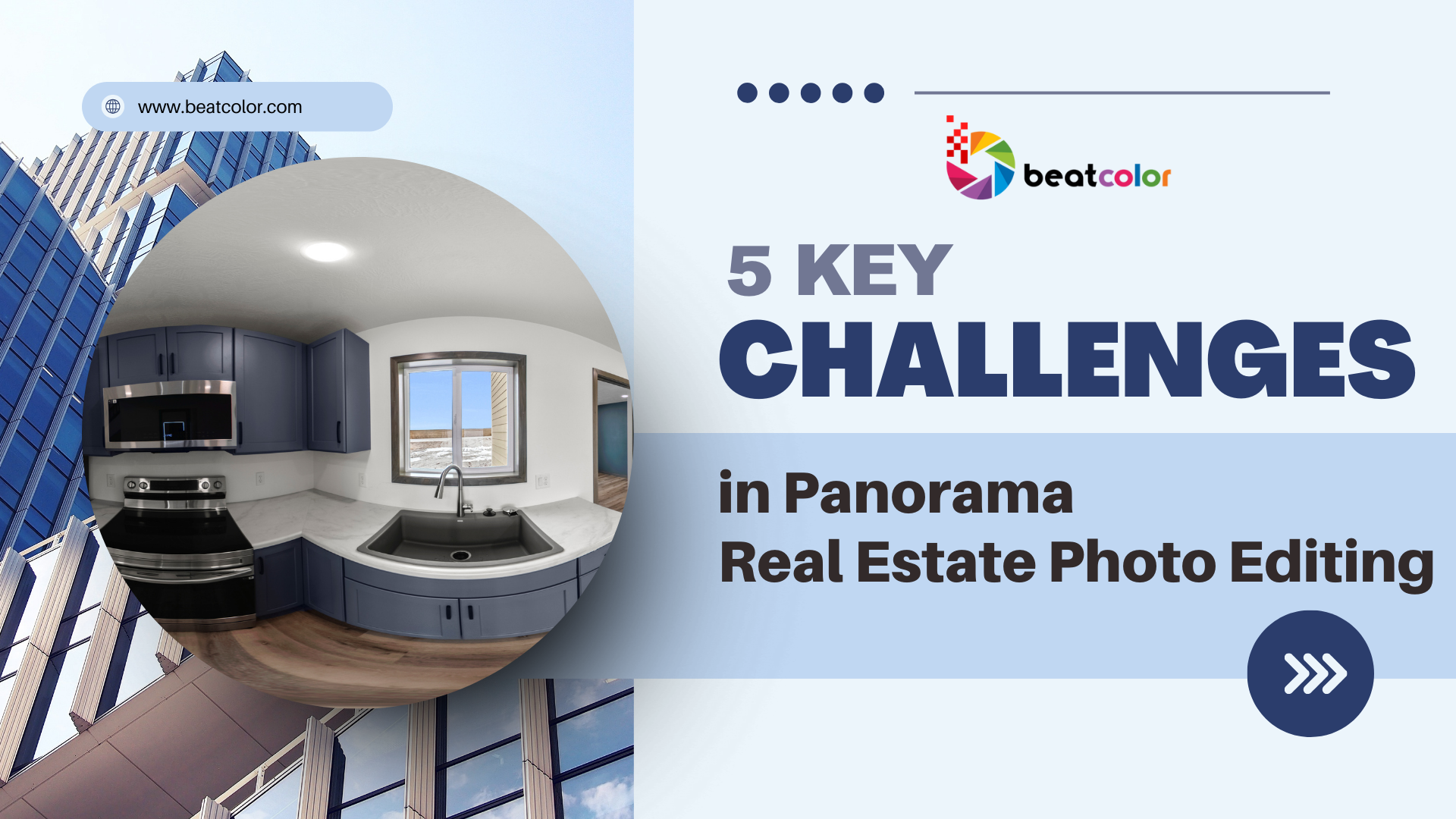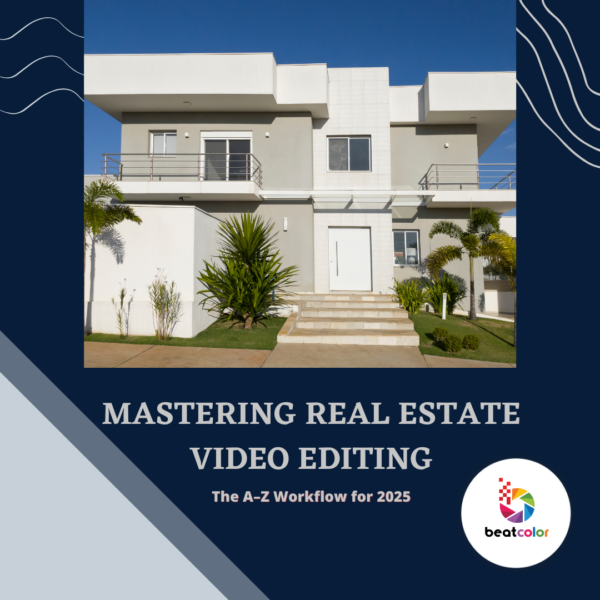5 Key Challenges in Panorama Real Estate Photo Editing
Panorama real estate photo editing plays a critical role in showcasing properties with expansive, immersive visuals. These images help buyers better visualize large spaces, both indoors and outdoors. However, the process of editing panoramic photos presents several challenges that can impact the final quality.
Below are five significant hurdles that editors often face when working with panorama in real estate photo editing.
1. Image Stitching and Alignment


Stitching multiple photos together to create a seamless panorama is a fundamental step in real estate photo editing. However, even slight misalignments during shooting or overlapping inconsistencies can cause issues when combining images. For panorama in real estate photo editing, these errors can lead to unnatural transitions between frames.
To overcome this, professionals rely on tools like Adobe Photoshop or PTGui, which offer advanced stitching algorithms. Proper preparation during the photo shoot, such as using a tripod and ensuring consistent camera angles, is equally important. Careful adjustments in post-editing ensure a polished, professional final panorama that highlights the property effectively.
2. Distortion and Perspective Issues
Wide-angle lenses, commonly used for capturing panoramic shots, often introduce distortion. Curved lines and stretched proportions can make spaces appear unrealistic, a significant concern in panorama in real estate photo editing. Accurate portrayal of space is crucial to maintaining a buyer’s trust and interest.

Correcting distortion starts with the right photography technique, including keeping the camera level and consistent during the shoot. Editing tools like Lightroom’s “Transform” function and Photoshop’s “Lens Correction” can help reduce these distortions. Proper attention to perspective ensures that the panorama not only looks stunning but also remains true to the property’s actual dimensions.
3. Lighting and Exposure Discrepancies
Panorama real estate photo editing often involves combining images with varying lighting conditions. For example, a single panoramic shot might include windows letting in natural light and interiors lit with artificial light, creating exposure mismatches. These discrepancies can result in uneven brightness and color shifts.

To handle these inconsistencies, it’s essential to shoot in manual mode, maintaining uniform exposure across all frames. During editing, using HDR techniques or local adjustments in software like Lightroom can help balance lighting. Harmonizing exposure is particularly important for creating panoramic photos that capture the room’s ambiance while maintaining a professional, cohesive look.
4. Handling Moving Elements and Ghosting
When capturing panoramic images, moving elements like people, cars, or even swaying trees can cause ghosting effects during the stitching process. Ghosting is a significant issue in panorama in real estate photo editing, as it can distract viewers and diminish the quality of the image.
To avoid ghosting, photographers should take photos quickly to minimize movement between frames. In post-processing, tools such as Photoshop or specialized panorama editing software can help detect and remove ghosting artifacts. In more complex cases, manual cloning tools may be necessary to clean up the image and create a flawless panorama.

5. Rendering Accurate Colors and Tones

One of the most challenging aspects of panorama real estate photo editing is achieving consistent color and tone across the entire image. Slight differences in lighting or camera settings can cause one section of the panorama to appear warmer or cooler than the rest.
Using consistent white balance settings during the shoot is the first step in minimizing color differences. In the editing phase, tools like Lightroom’s “Color Grading” panel or Photoshop’s “Match Color” function are invaluable for unifying tones. This step ensures that the panoramic photo is visually balanced, enhancing its appeal to potential buyers.
Conclusion
Panorama real estate photo editing is an invaluable tool for showcasing properties, but it requires careful attention to detail. From image alignment and distortion correction to managing lighting and colors, each challenge demands technical expertise and patience. By mastering these five key aspects, photographers and editors can create breathtaking panoramic images that enhance property listings and captivate potential buyers.
Read more:
Retouching Real Estate Photo Editing: The Key to Stunning Listings!
How Important Is Virtual Dusk Real Estate Photo Editing?
Virtual Staging Real Estate Photo Editing: The 2025 Outlook











